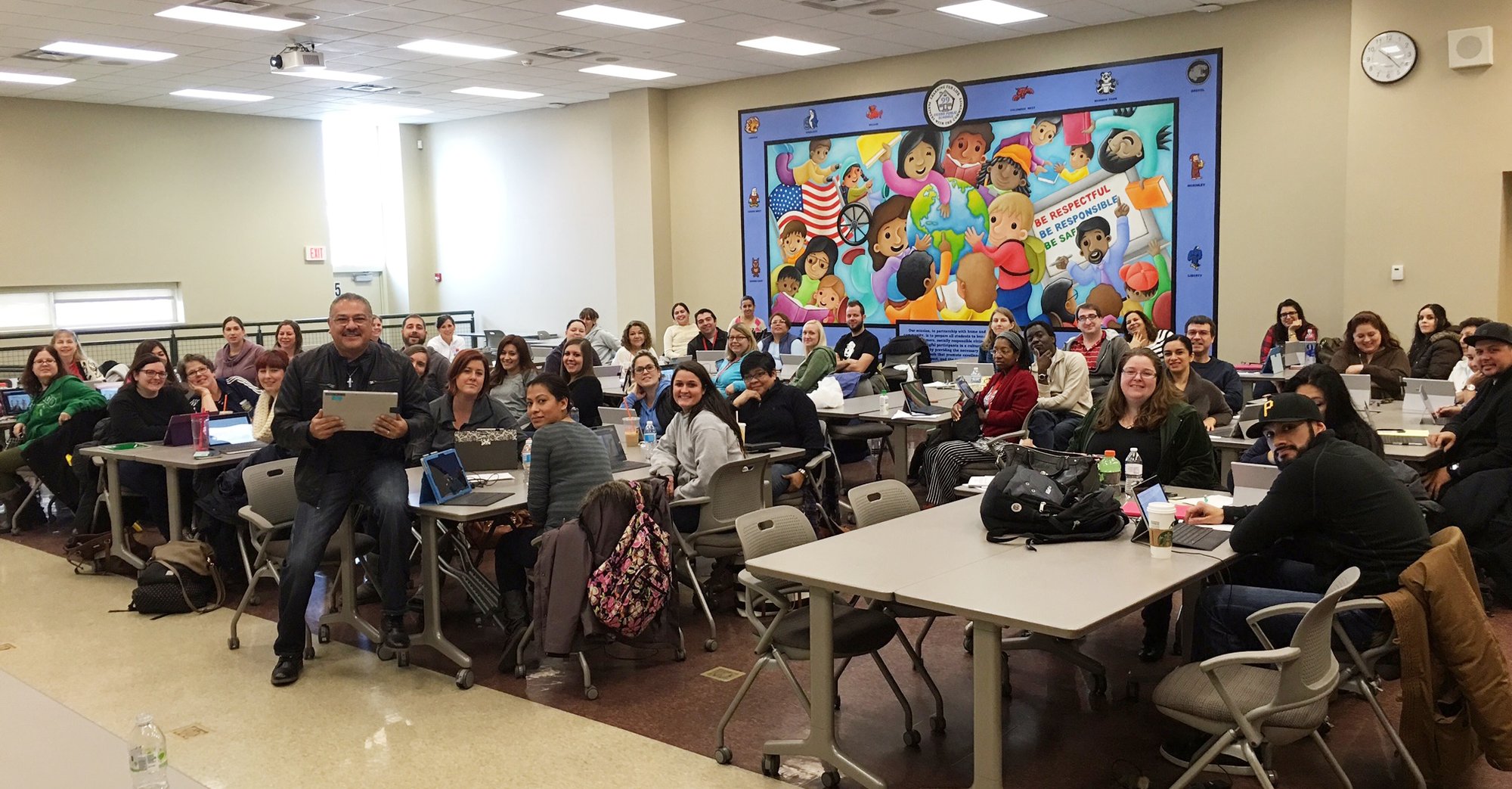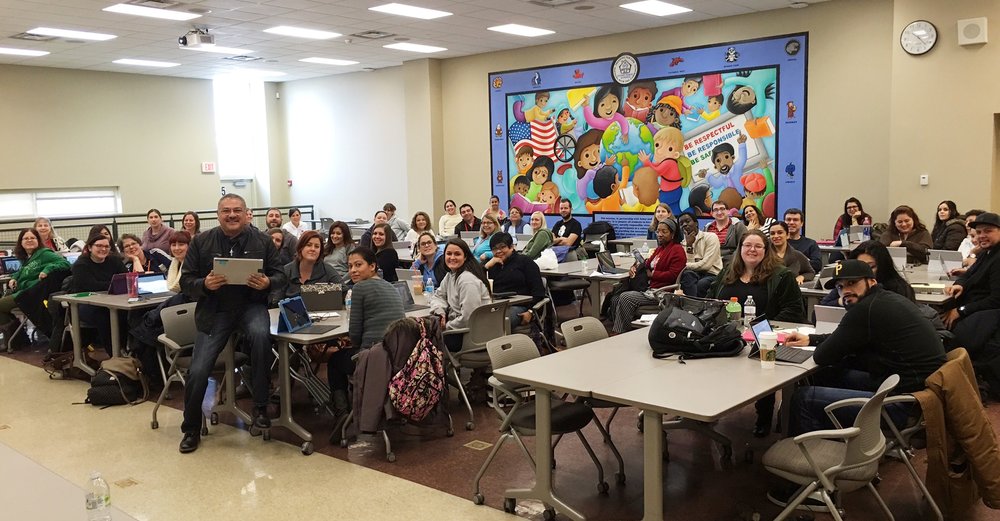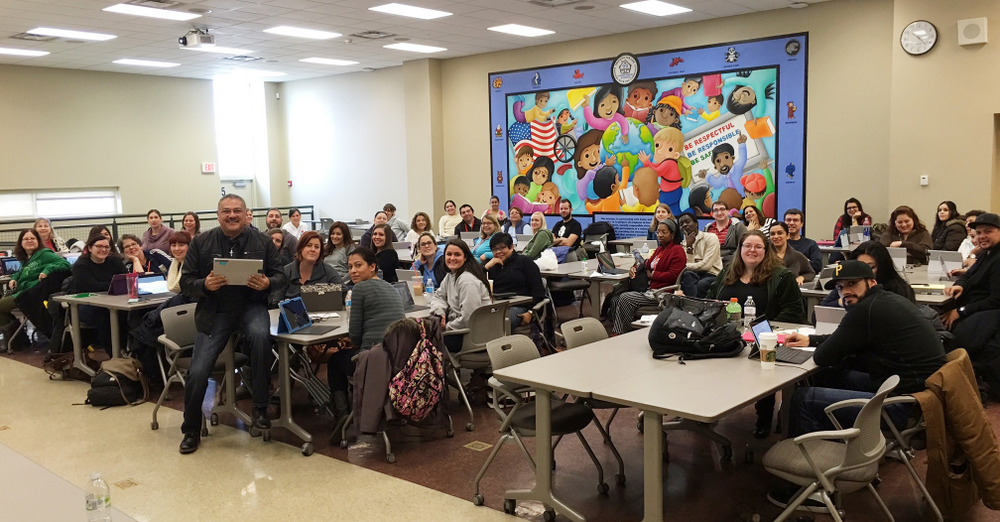Whether it’s a 3D printer, a language app, or a Chromebook on a student’s desk, technology represents potential. The results can be profound, but learning how to make the most of new tools often requires dedication outside of the standard school day.
We spoke with teachers and administrators at Cicero Public School District 99 in Illinois and Chagrin Falls Exempted Village Schools in Ohio about how they designed technology professional development programs to engage teachers for the long term. Here we share three lessons learned from their experiences building programs that impact educators and students alike.
Lesson 1: Incentives help overcome inertia
When the Cicero Public School District 99 board set the goal of giving every child access to a Chromebook, professional development for teachers became a top priority. CIO Cao Mac believed any tech rollout was bound to fail unless teachers got the right training. So his team came up with a plan to motivate teachers to get Google Certified—they’d offer them early access to new classroom devices.
The district now has 104 Google Certified Educators, and has seen a shift in how teachers use devices in the classroom. Before the training, students used laptops and tablets for activities like math games and music videos. Two months after the Chromebook rollout, the top five sites accessed across the district included Google Classroom, Google Docs and Khan Academy. “Right off the bat, they were no longer using their machines randomly,” Mac says. “Their use was more focused.”

Lesson 2: Time is a precious resource
Chagrin Falls Exempted Village School District is the first public school district to train all of its teachers to become Google Certified Educators. Administrators say they achieved 100 percent participation by customizing the program around teachers’ schedules.
“We made it easy for teachers get certified whenever it was most convenient,” says Nancy Kevern, a technology integration and instructional coach at Chagrin Falls Exempted Village Schools. “Grouping teachers by grade level helped us emphasize the lessons they would find most useful.”
The district also started a committee that works on solutions for fitting professional development into teachers’ busy schedules. They’ve proposed incorporating trainings into the school day—for instance, by delaying student start times.
Lesson 3: Community makes a movement
Cicero Public School District 99 took a grassroots approach to training its teachers. A group of technology resource teachers actively recruited teachers to get certified, leveraging their relationships to build a team of early adopters. This group influenced the rest of the district.
“We knew if these ambassadors were on board, their friends would be, too,” Mac says. “Adoption needs to happen teacher by teacher, grade by grade.”
This momentum has led Cicero Public School District 99 to extend its 1:1 Chromebook program to grades K-8. None of this would have been possible without support from teachers and the entire district.
This isn’t my initiative,” Mac says. “This is the village of Cicero’s initiative. This is ours.Cao Mac CIO at Cicero Public School District 99
Professional development is about more than introducing new tools. By helping educators develop the skills and confidence to grow professionally, school districts are investing in their students and building cultures that embrace technology. “It doesn’t matter how many devices you have,” Mac says. “If you don’t know how to integrate technology with teaching, it becomes just another add on.”
Visit the Training Center to learn more about the Google for Education certification programs. And if you’re a district interested in help from a Certified Professional Development Partner, learn more here.

